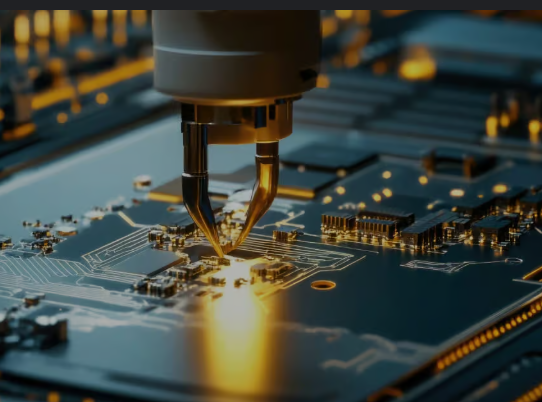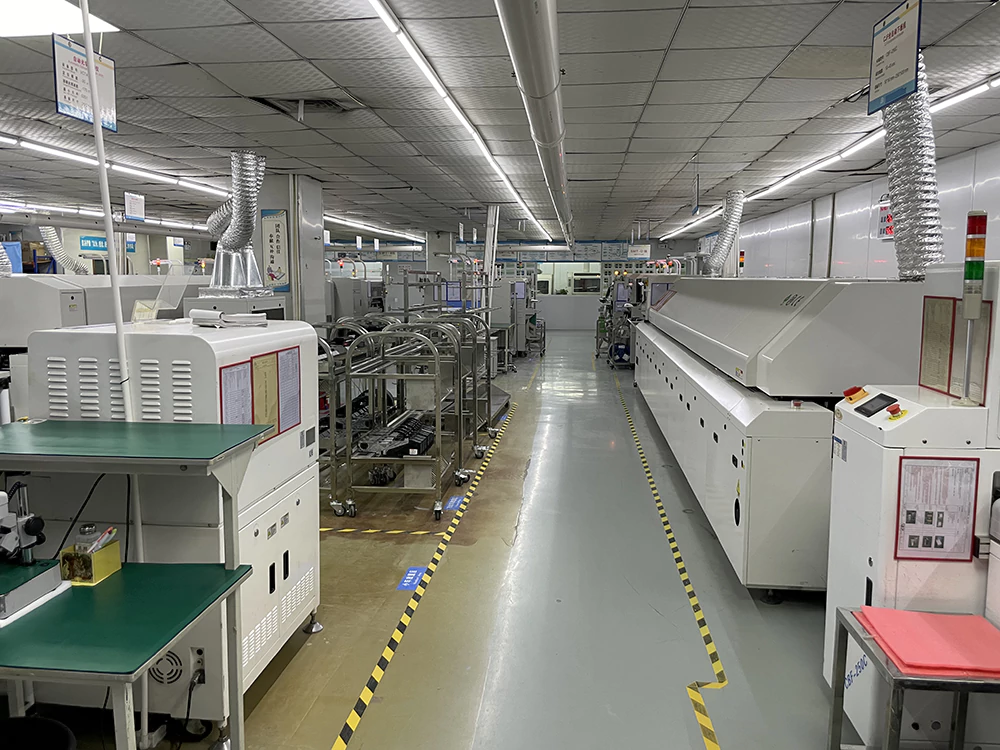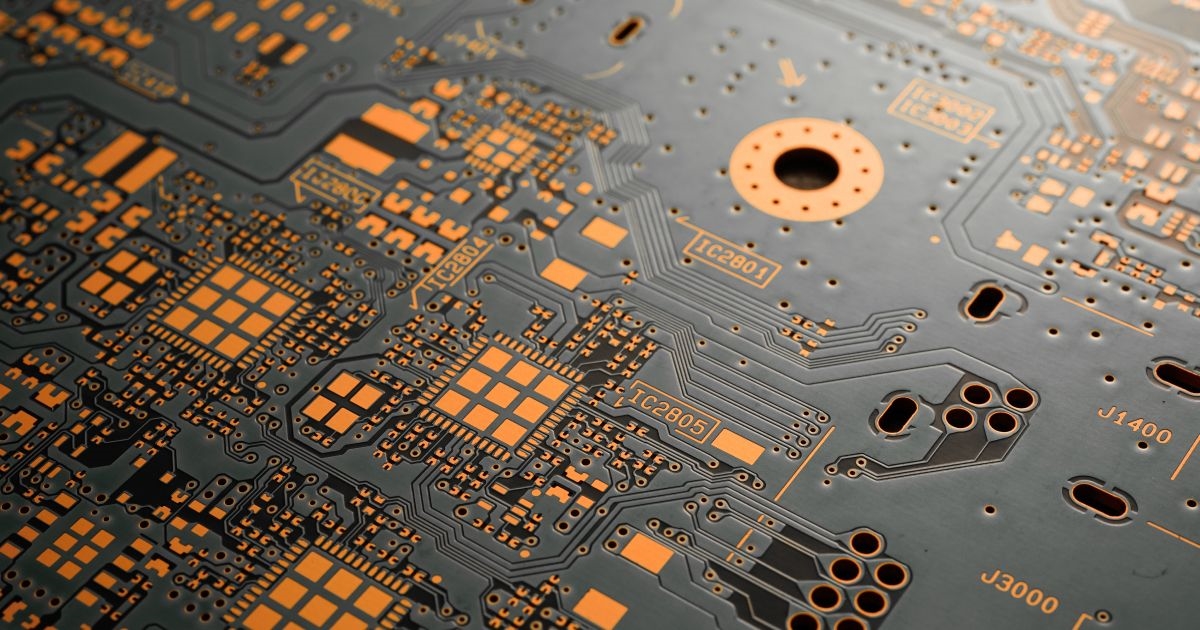If you're facing issues with your gaming console, such as sudden shutdowns, no display, or unresponsive controls, the problem might lie in the Printed Circuit Board (PCB). This comprehensive guide, tailored as a gaming console PCB repair guide, will walk you through troubleshooting gaming console PCB issues, identifying common PCB faults in gaming consoles, diagnosing PCB issues, and even tackling DIY gaming console PCB repair. Whether you're a seasoned technician or a curious gamer looking to fix your device, this post offers practical steps to get your console back in action.
Understanding the Role of PCBs in Gaming Consoles
The PCB is the heart of any gaming console, acting as the central hub that connects and powers all components like the CPU, GPU, memory, and input/output ports. A fault in the PCB can lead to a range of issues, from complete system failure to intermittent glitches. Before diving into troubleshooting gaming console PCB problems, it's important to understand that these boards are complex, often featuring multi-layer designs with tiny components soldered at high precision. Mishandling can worsen the damage, so proceed with caution and the right tools.

Common PCB Faults in Gaming Consoles
When it comes to common PCB faults in gaming consoles, several issues stand out due to their frequency and impact on performance. Below, we’ll explore these problems in detail to help with diagnosing PCB issues in gaming consoles.
1. Power Supply Failures
One of the most frequent issues is a failure in the power delivery system on the PCB. This can manifest as the console not turning on or shutting down unexpectedly. Often, this is caused by damaged capacitors or voltage regulators on the board. For instance, electrolytic capacitors can leak or bulge over time due to heat stress, leading to unstable power delivery. A typical gaming console PCB might require a stable 12V input, but a faulty capacitor could drop this to erratic levels like 8V or lower, causing system instability.
2. Overheating and Thermal Damage
Gaming consoles generate significant heat, especially during long sessions. If the cooling system fails or thermal paste on the GPU/CPU degrades, the PCB can suffer from thermal stress. This can lead to cracked solder joints or "cold joints" where the connection between components and the board weakens. Overheating might also warp the PCB layers, disrupting signal integrity at high frequencies (often in the range of 100 MHz for modern consoles).
3. Signal Integrity Issues
Signal integrity problems occur when data transmission between components on the PCB is disrupted. This can result in graphical glitches, audio distortion, or unresponsive controllers. These issues often stem from damaged traces (the copper pathways on the PCB) or electromagnetic interference. For example, a trace carrying a signal at 2.5 GHz for HDMI output could be interrupted by a micro-crack, leading to no video output.
4. Component Failure
Individual components like resistors, diodes, or IC chips on the PCB can fail due to age, manufacturing defects, or power surges. A failed GPU chip, for instance, might cause the console to boot but display no image, while a damaged audio IC could result in no sound output. Identifying these requires careful testing, often with a multimeter to check for continuity or correct voltage levels (e.g., 3.3V or 5V as per design specs).

Diagnosing PCB Issues in Gaming Consoles
Diagnosing PCB issues in gaming consoles requires a systematic approach to pinpoint the root cause. Here’s a step-by-step gaming console PCB repair guide to help you identify problems effectively.
Step 1: Visual Inspection
Start with a thorough visual check of the PCB. Look for obvious signs of damage such as burnt components, bulging capacitors, or cracked solder joints. Use a magnifying glass or a microscope if needed, as some issues, like hairline cracks in traces, are not visible to the naked eye. Also, check for corrosion around connectors, which can occur due to moisture exposure.
Step 2: Power Testing
Use a multimeter to test the power supply input and output on the PCB. Set the multimeter to DC voltage mode and check if the input voltage matches the console’s requirement (often 12V or 19V depending on the model). Then, test key points like voltage regulators for expected outputs, such as 5V or 3.3V, which are common for logic circuits in gaming hardware.
Step 3: Continuity Checks
To identify broken traces or failed components, switch your multimeter to continuity mode. Test between points on a trace to ensure there’s no break. For example, if a trace leading to the HDMI output shows no continuity, it could explain a lack of video signal. Be patient, as modern PCBs can have hundreds of traces to check.
Step 4: Thermal Imaging (Optional)
If you have access to a thermal camera, use it to detect overheating components. A hotspot on the PCB, often exceeding 80°C (176°F), could indicate a failing component or poor heat dissipation. This is especially useful for identifying issues with power delivery circuits or GPU/CPU areas.

DIY Gaming Console PCB Repair Techniques
Once you’ve identified the problem, it’s time to tackle DIY gaming console PCB repair. While some fixes require advanced skills, many common issues can be addressed with basic tools and patience. Here are actionable steps for the most frequent problems.
Fixing Power Supply Issues
If you’ve spotted a bulging or leaking capacitor, it needs replacement. First, note the capacitor’s specifications (e.g., 1000μF, 16V) from its label. Using a soldering iron (set to around 300°C or 572°F for most PCB work), desolder the faulty capacitor by heating the pads and removing it with tweezers. Clean the area with isopropyl alcohol (90% or higher) and a brush. Then, solder a new capacitor in place, ensuring correct polarity (negative leg to the marked pad). Test the console to confirm stable power delivery.
Repairing Solder Joints
For cracked or cold solder joints, often caused by overheating, you’ll need to reflow the solder. Use a soldering iron and flux to clean the joint, then apply fresh lead-free solder to reconnect the component to the pad. This is common for GPU or CPU connections, where thermal cycling can weaken joints over time. If the joint is near a high-power component, consider using a hot air rework station for even heat distribution (set to 350°C or 662°F).
Replacing Failed Components
Replacing a failed IC or resistor requires precision. Identify the component’s part number and source a compatible replacement. Use a hot air station to remove the old component by heating it to around 300°C until the solder melts, then lift it off with tweezers. Clean the pads with solder wick and alcohol, then position the new component and solder it in place. Double-check connections with a multimeter for continuity.
Restoring Damaged Traces
If a trace is broken, you can repair it with a conductive pen or by soldering a thin wire (like 30 AWG) across the gap. First, scrape off the protective solder mask with a small blade to expose the copper on either side of the break. Then, bridge the gap with the conductive material or wire, and secure it with a small dab of solder. Test for continuity to ensure the repair holds.

Tools You’ll Need for PCB Repair
To effectively troubleshoot and repair a gaming console PCB, having the right tools is essential. Here’s a list of must-haves for any DIY gaming console PCB repair project:
- Soldering Iron: A temperature-controlled iron (25-40W) for precise soldering.
- Hot Air Rework Station: For removing and reflowing components without damage.
- Multimeter: To test voltage, continuity, and resistance.
- Desoldering Tools: Solder wick and a desoldering pump to remove old solder.
- Isopropyl Alcohol and Brushes: For cleaning flux residue and dirt (90% or higher concentration).
- Tweezers and Magnifier: For handling tiny components and inspecting small areas.
- Conductive Pen or Wire: For repairing broken traces.
Preventing Future PCB Problems in Gaming Consoles
While repairs are useful, preventing PCB issues is even better. Here are some tips to extend the life of your gaming console’s PCB:
- Ensure Proper Ventilation: Place your console in a well-ventilated area to avoid overheating. Clean dust from vents regularly to maintain airflow.
- Use Surge Protectors: Protect against power surges by plugging your console into a surge protector, as sudden voltage spikes can damage PCB components.
- Avoid Long Gaming Sessions: Give your console breaks during extended play to reduce thermal stress on the PCB.
- Handle with Care: Avoid dropping or jarring the console, as physical shocks can crack solder joints or damage traces.
When to Seek Professional Help
While DIY gaming console PCB repair can save money, some issues are beyond basic skills. If the PCB has severe multi-layer damage, or if critical components like the GPU are irreparable without specialized equipment, it’s time to consult a professional. Look for technicians with experience in gaming hardware repair to ensure the best outcome. Additionally, if your console is under warranty, avoid DIY repairs as they might void the coverage.
Conclusion
Troubleshooting gaming console PCB issues doesn’t have to be daunting. By understanding common PCB faults in gaming consoles, systematically diagnosing PCB issues, and applying the right DIY gaming console PCB repair techniques, you can breathe new life into your device. Whether it’s a power supply failure, overheating damage, or a broken trace, this gaming console PCB repair guide equips you with the knowledge to tackle repairs confidently. Remember to use the proper tools, take safety precautions, and know when to seek professional help. With these steps, your gaming console can be back to delivering epic gaming sessions in no time.

 ALLPCB
ALLPCB







